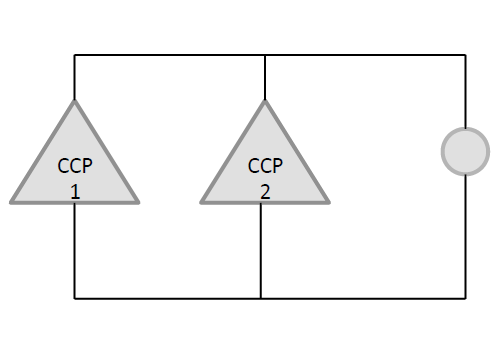Hidden Illiquidity with Multiple Central Counterparties
Published: May 7, 2015
This paper focuses on the systemic risks in markets cleared by multiple central counterparties (CCPs). Each CCP charges margins based on the potential impact from the default of a clearing member and subsequent liquidation of a large position. Swaps dealers can split their positions among multiple CCPs, effectively "hiding" potential liquidation costs. A lack of coordination among CCPs can lead to a "race to the bottom" because CCPs with lower perceived liquidation costs can drive competitors out of the market. (Working Paper no. 15-07)
Abstract
Regulatory changes are transforming the multi-trillion dollar swaps market from a network of bilateral contracts to one in which swaps are cleared through central counterparties (CCPs). The stability of the new framework depends on the resilience of CCPs. Margin requirements are a CCP’s first line of defense against the default of a counterparty. To capture liquidity costs at default, margin requirements need to increase superlinearly in position size. However, convex margin requirements create an incentive for a swaps dealer to split its positions across multiple CCPs, effectively “hiding” potential liquidation costs from each CCP. To compensate, each CCP needs to set higher margin requirements than it would in isolation. In a model with two CCPs, we define an equilibrium as a pair of margin schedules through which both CCPs collect sufficient margin under a dealer’s optimal allocation of trades. In the case of linear price impact, we show that a necessary and sufficient condition for the existence of an equilibrium is that the two CCPs agree on liquidity costs, and we characterize all equilibria when this holds. A difference in views can lead to a race to the bottom. We provide extensions of this result and discuss its implications for CCP oversight and risk management.
